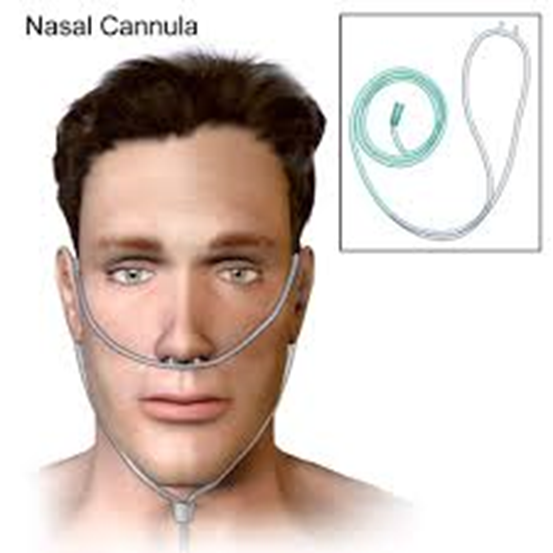Edited Text
A nurse is auditing a client. During the assessment, the nurse notes the client has multiple cavities, chipped, and missing teeth. The client reports having difficulty eating. Which diet should the nurse recommend the primary health care provider to order for this client?
Pureed
Soft
Mechanical soft
The Correct Answer is C
Choice A Reason:
A pureed diet consists of foods that are blended to a smooth consistency. This type of diet is typically recommended for clients who have severe swallowing difficulties or are at risk of aspiration. While it can be easier to consume for those with significant dental issues, it may not provide the variety and texture that a mechanical soft diet offers, which can be more satisfying and nutritionally adequate for someone with multiple cavities and missing teeth.
Choice B Reason:
A soft diet includes foods that are easy to chew and swallow but are not necessarily blended or pureed. This diet is often recommended for clients recovering from surgery or those with mild chewing difficulties. However, for a client with multiple cavities, chipped, and missing teeth, a soft diet might still pose challenges in terms of chewing and could lead to discomfort or inadequate nutrition.
Choice C Reason:
A mechanical soft diet is specifically designed for individuals who have difficulty chewing but do not require pureed foods. This diet includes foods that are easy to chew and swallow, such as ground meats, cooked vegetables, and soft fruits. It provides a balance of texture and nutrition, making it the most appropriate choice for a client with multiple cavities, chipped, and missing teeth. This diet helps ensure the client can eat comfortably and maintain adequate nutrition.
Nursing Test Bank
Naxlex Comprehensive Predictor Exams
Related Questions
Correct Answer is D
Explanation
Choice A Reason:
Sleep deprivation is incorrect. While sleep deprivation can cause confusion and disorientation, it is less likely to cause abrupt onset of altered mental status and hallucinations. Sleep deprivation typically results in gradual cognitive decline and fatigue rather than sudden changes.
Choice B Reason:
Normal signs of aging is incorrect. Normal aging can involve some cognitive decline, but it does not typically cause sudden and severe symptoms like hallucinations and significant disorientation. These symptoms are more indicative of an acute condition.
Choice C Reason:
Dementia is incorrect. Dementia involves a gradual decline in cognitive function over time and does not typically present with sudden onset of symptoms. While dementia can include hallucinations and disorientation, these symptoms usually develop progressively.
Choice D Reason:
Delirium is correct. Delirium is characterized by a sudden onset of confusion, disorientation, and changes in mental status. It is often triggered by acute medical conditions such as infections, including UTIs. Elderly patients are particularly susceptible to delirium, which can include symptoms like hallucinations and severe confusion.
Correct Answer is D
Explanation
Choice A Reason:
“Delivers a low concentration of oxygen” is incorrect because a nasal cannula can deliver varying concentrations of oxygen depending on the flow rate set by the healthcare provider. The concentration can range from low to moderate, typically between 24% to 44%.
Choice B Reason:
“Delivers a constant rate of oxygen” is partially correct but not entirely accurate. While the flow rate can be constant, the key aspect is the specific concentration of oxygen delivered, which is more relevant to the client’s understanding.
Choice C Reason:
“Delivers a high concentration of oxygen” is incorrect because nasal cannulas are generally used for low to moderate oxygen delivery. High concentrations of oxygen are typically delivered through other devices like non-rebreather masks or high-flow nasal cannulas.
Choice D Reason:
“Delivers a constant flow of a specific concentration of oxygen” is correct. This explanation accurately describes how a nasal cannula works. It provides a continuous flow of oxygen at a specific concentration, which is adjusted based on the client’s needs and the healthcare provider’s prescription.

Whether you are a student looking to ace your exams or a practicing nurse seeking to enhance your expertise , our nursing education contents will empower you with the confidence and competence to make a difference in the lives of patients and become a respected leader in the healthcare field.
Visit Naxlex, invest in your future and unlock endless possibilities with our unparalleled nursing education contents today
Report Wrong Answer on the Current Question
Do you disagree with the answer? If yes, what is your expected answer? Explain.
Kindly be descriptive with the issue you are facing.
